Beauty News, The Innate Life
Repairing Your Skin’s Barrier: How To
The largest organ in our body and the one with the most responsibility is our skin, which shields our internal environment from the outside world. Our skin barrier consists of three main components that work together to keep our body’s internal systems hydrated and functioning properly: the sebum barrier, which is the skin we can see (we’ll refer to this layer as skin), the Stratum Corneum, which is the protective filtering layer just beneath our skin surface, and the epidermal barrier, which traps your body’s natural moisture inside to keep everything hydrated and running smoothly.
What is healthy skin?
We frequently hear how crucial moisture is for healthy skin. There’s a good explanation for this: maintaining skin hydration aids in Stratum Corneum form maintenance.
The Stratum Corneum is home to cells called Corneocytes, a subtype of Keratinocytes that act as a brick wall to guard the internal health of your skin from microbial incursions including allergens, irritations, and viruses.
Additionally, they stop transepidermal loss, which is the mechanism through which moisture leaves your skin.
A normal and healthy skin barrier is characterized by moisturized, smooth skin with normal pigmentation and speedy wound healing.
This is a reliable sign that your stratum corneum and lipids are healthy and strong, indicating that your body is effectively retaining moisture to maintain this layer of defense!
Your Stratum Corneum is packed with intercellular lipids and crucial fatty acids that hold these cells together to maintain this protective wall. Strengthening the intercellular lipids in your Stratum Corneum is the sole approach to maintain the integrity of your skin’s defense system. Linoleic acid, a crucial omega-6 fatty acid, helps to construct and enhance your lipids.

What is damaged skin?
Skin damage can result from a variety of causes, including aging and environmental factors including excessive sun exposure.
How does this impact your skin barrier? Let’s examine that!
The Corneocytes in your Stratum Corneum signal repair cells called Chemokines to release Reactive Oxygen Species wherever your skin is damaged by UV rays as a result of excessive sun exposure.

When there are too many of these repair cells, oxidative stress is produced, which can itself lead to damage.
With this, antioxidants are the only way to control them!
Your intercellular lipids are continually providing your Corneocytes with moisture as they work arduously to heal the damage to your skin.
However, inadequate replenishment of intercellular lipids causes transepidermal water loss and a slowed pace of skin healing.
Your intercellular lipids must be robust, active, and numerous for your body to function properly. Linoleic acid is crucial for this.
This simply means that as you age, your Stratum Corneum slows down and is unable to regenerate or repair your skin cells at a rate that is sufficient, leading to thinner skin and slower healing from wounds and sun damage.
If it’s not aging, it’s usually due to poor maintenance and excessive exposure to corrosive elements.
Signs of a damaged skin barrier:
1. Dry and patchy skin
2. Skin depigmentation/discoloration
3. Long recovery time for wounds
4. Bumpy/textured skin
5. Prone to inflammation, especially with skin conditions such as eczema or psoriasis
This signals a deficiency of linoleic acid, resulting in your intercellular lipids not holding your Stratum Corneum together to maintain your skin barrier, and failing to hydrate. As a result, moisture is always escaping and your skin cannot regenerate or repair itself properly.
Repairing Your Skin Barrier
Major points to help maintain your skin barrier’s strength is strengthening your intercellular lipids to keep your Stratum Corneum running, keep moisture in, and fight damaging microbes with antioxidants!
1. Linoleic Acid
Strengthening your intercellular lipids is key in maintaining your skin repair function and moisture retention. To keep your lipids strong and intact, your body requires Linoleic Acid, an essential fatty acid that helps build up your intercellular lipid complex. When you’re deficient in Linoleic Acid, your Stratum Corneum is weakened & defenseless. This results in an altered skin barrier, prone to microbial invasion and transepidermal water loss!
2. Using Plant Oils
For skin barrier damage, the best method is using plant oils! Due to their high percentage of linoleic acid and antioxidants, they create a strong protective barrier on top of your skin that keeps moisture in, and keeps damaging microbes out. Most plant oils contain both linoleic acid and oleic acid. However, oils with a higher percentage of linoleic than oleic acid are much better for skin repair, as oleic acid can be harmful for your skin barrier’s cell functions! An additional benefit of plant oils for your skin are their anti-inflammatory properties that regulate production of your repair cells. It’s also worth a mention that it gives your skin a beautiful natural glow. We always love when natural ingredients can come to the rescue, and this is exactly how each one can help repair your skin layers.

Sunflower Seed Oil
This oil contains high levels of Linoleic Acid which activates the proteins regulating the production of keratinocytes, the cells responsible for rapid skin barrier repair. Because of the linoleic acids, this oil also improves the metabolism of your intercellular lipids.
Coconut Oil
With antibacterial properties, this oil contains monolaurin, a compound from lauric acid known to fight against various skin damage such as acne, Staphylococcus aureus, and S. Epidermidis.
Jojoba Oil
With anti-inflammatory properties and antioxidants, this oil is made up of 50% wax esters that keeps your skin and its layers from degrading by keeping them intact! As our natural sebum is 26% wax esters, this oil uniquely mimics our natural skin function and repairs altered skin barriers such as those with psoriasis, atopic dermatitis, acne, and wounds.
Oat Oil
This oil contains a high percentage of linoleic acid to maintain your intercellular lipids, as well as antioxidants for skin repair. This is what makes it key for repairing skin damage such as scars, blemishes, inflammation, and sun damage. Oat Oil is also known to improve skin moisture, soothe and prevent inflammation and irritations.
Rosehip Oil
Just like Oat Oil, this oil also contains many essential fatty acids including linoleic acid, and antioxidants to protect your skin from inflammation and keep your skin layers strong.
Chamomile Flower Extract
This oil is important especially for skin conditions like eczema, as it lowers the serum histamine levels in your body. These serum histamine levels are what is responsible for your skin having a severe allergic reaction. The active components in this oil are what makes it powerful for wound healing, repair, and closure.
Although there are numerous conventional products available, going natural is always the best option!
Why use conventional products that only provide a thin, ineffective coating for something as essential as your skin when you can use hydrating natural oils that also protect and heal your skin?
Organic products have countless advantages, and we have witnessed its marvels over time.

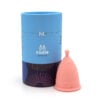

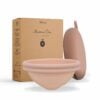




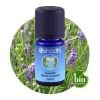







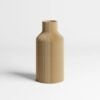




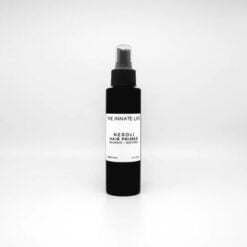
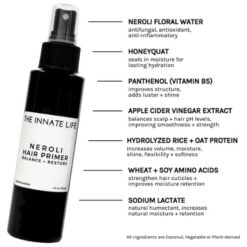

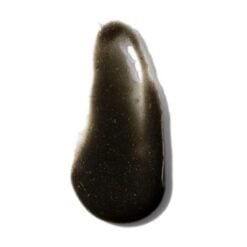

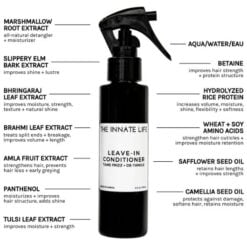


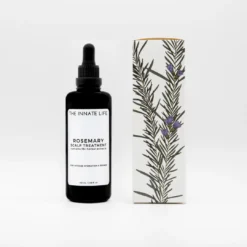
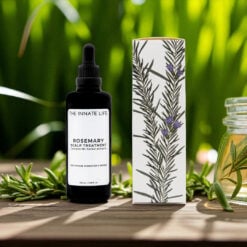

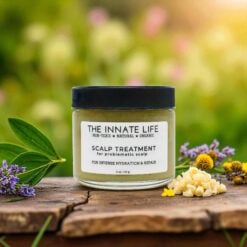
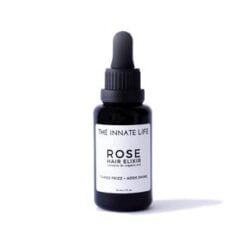

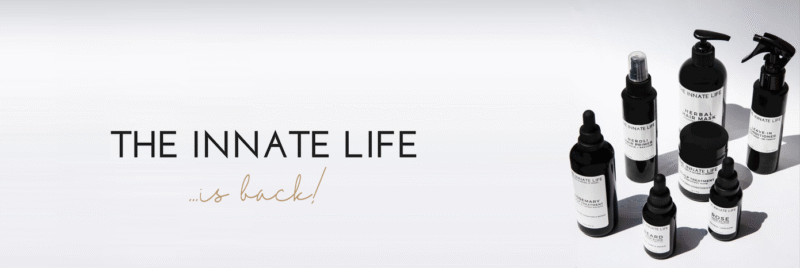







 Beauty Products
Beauty Products By Skintype
By Skintype Brands A-Z
Brands A-Z Wellness
Wellness Health / Nutrition
Health / Nutrition